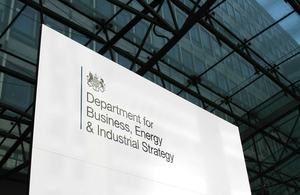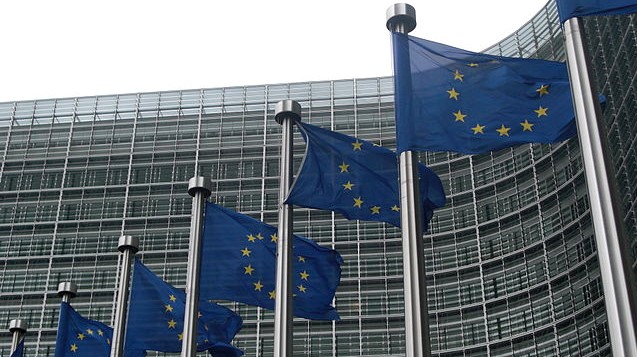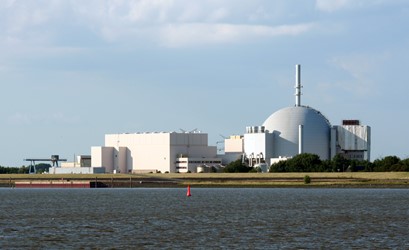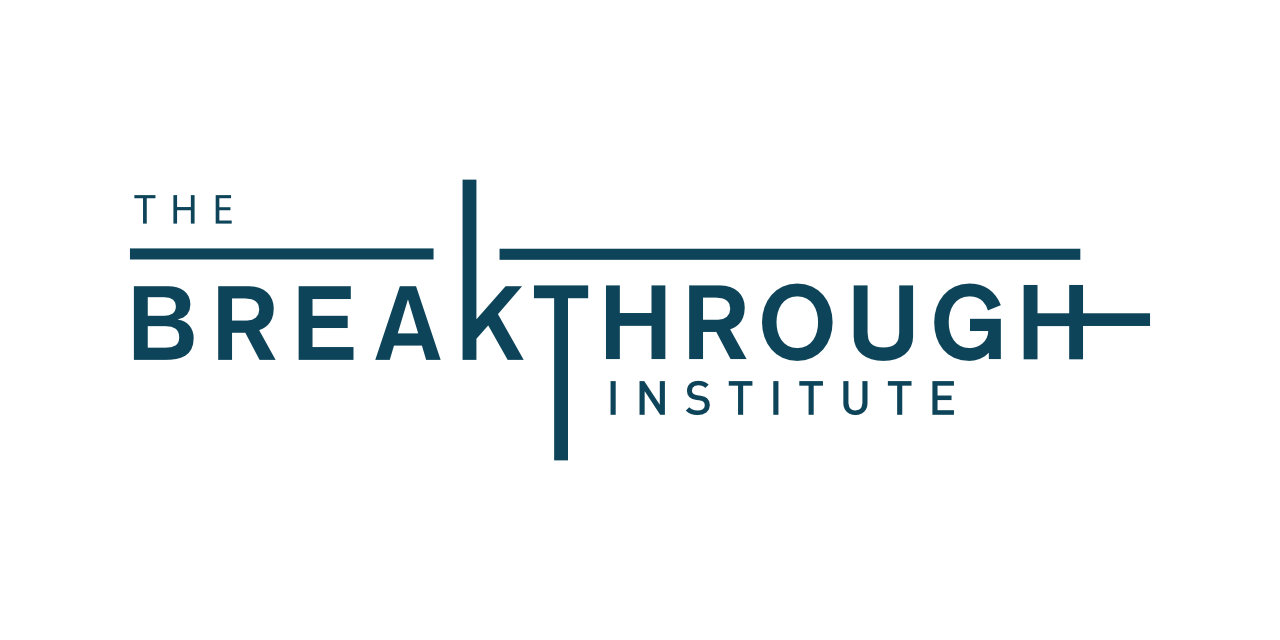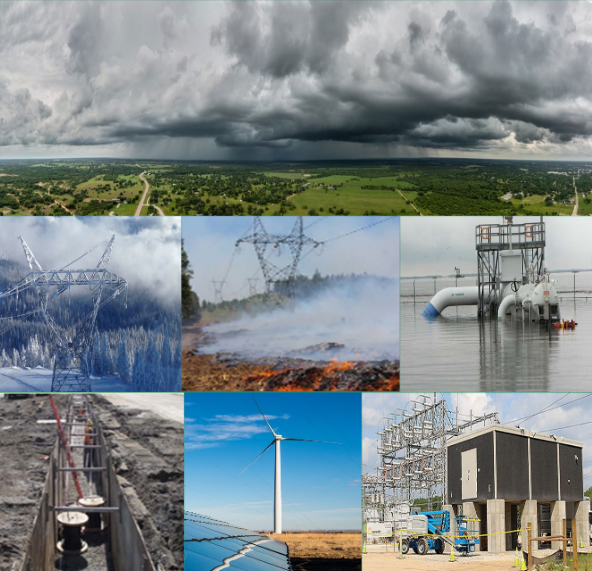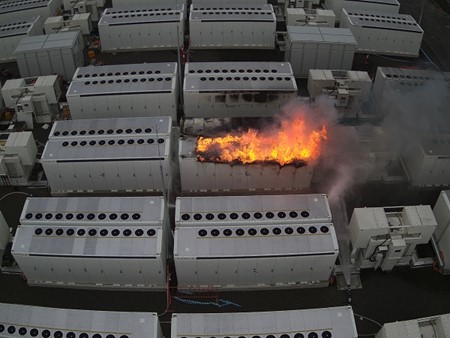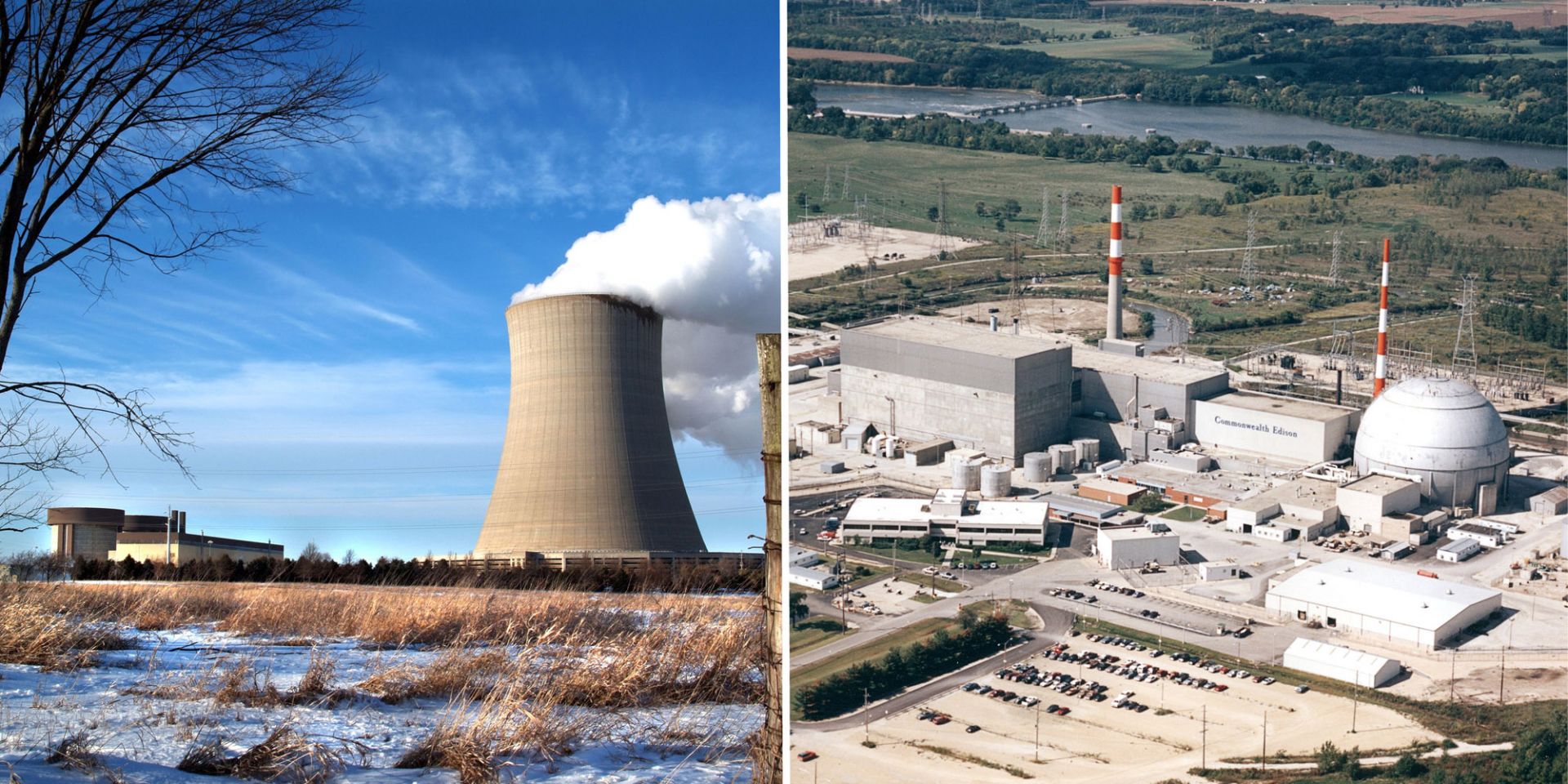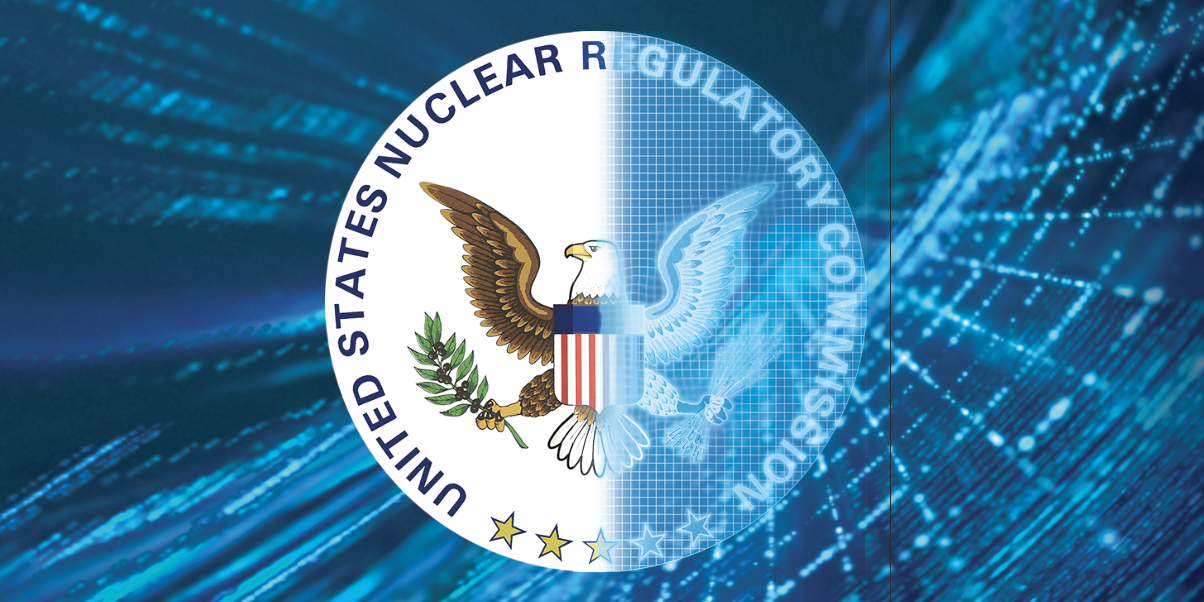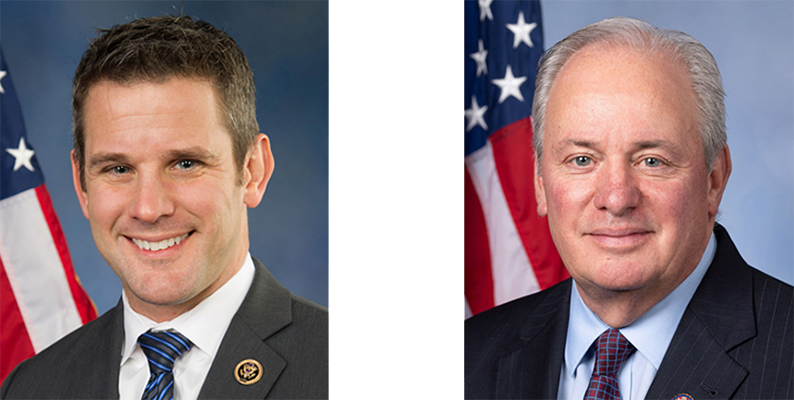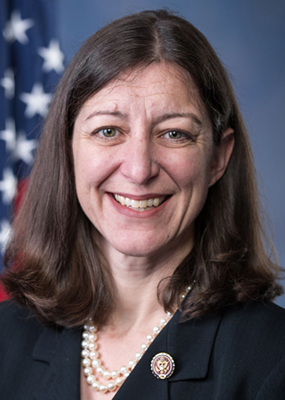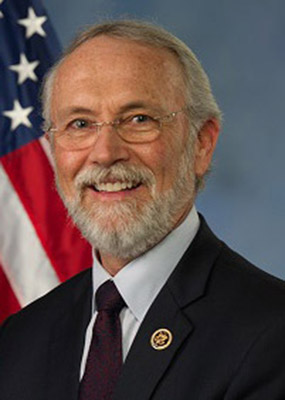Flags in front of the European Commission building in Brussels. (Image: Sébastien Bertrand)
Sixteen ministers from 10 European Union member states argue for adding nuclear energy to the EU taxonomy in a joint letter published last week in leading European newspapers and sent to the European Commission.
The Brokdorf nuclear plant, located in Germany’s Schleswig-Holstein region on the Elbe river, is scheduled to close later this year. (Photo: Alois Staudacher, CC BY-SA 3.0)
In an open letter published last week in Welt, 25 leading German and foreign academics, environmentalists, and journalists attempt to convince the German people that continuing with their nation’s phase-out of nuclear power is not a good idea, and certainly not a green one.
Two battery Megapacks were destroyed in a July fire at Victorian Big Battery. Each battery is about the size of a standard shipping container. (Photo: Country Fire Authority)
Australia’s two large lithium-ion storage batteries are getting attention for all the wrong reasons. Hornsdale Power Reserve, a 150-MW battery collocated with a wind farm in South Australia, is being charged in federal court with failing to deliver on promises to respond to grid demands, and of being technically unable to deliver under the terms it was being paid to meet. Proceedings were filed September 22, just before the testing of a second Tesla-manufactured “Big Battery” resumed after a two-month delay following a fire in July.
The U.S. NRC headquarters.
The staff of the Nuclear Regulatory Commission recently released a draft white paper outlining strategies for streamlining microreactor licensing. The paper is to be used to facilitate discussion at an upcoming advanced reactor stakeholder public meeting.
“This paper,” the document emphasizes, “has not been subject to NRC management and legal reviews and approvals, and its contents are subject to change and should not be interpreted as official agency positions.”
Governor J. B. Pritzker says he will sign the landmark legislation
The Byron (left) and Dresden generating stations.
The yearlong, nail-biting drama over the fate of Exelon’s Byron and Dresden nuclear plants came to an end on Monday afternoon when the Illinois Senate gave its nod to S.B. 2408, a wide-ranging clean energy package that seeks to phase out fossil-fuel power generation in the state and place it on a path to 100 percent carbon-free energy by 2050.
The Byron (left) and Dresden generating stations.
Exelon’s Byron nuclear plant will be permanently shuttered in 10 days unless the Illinois House of Representatives passes the clean energy bill approved by the state’s Senate on September 1. And as the lower chamber is expected to convene for a special session sometime next week to consider the measure, ANS is encouraging members of Illinois’s nuclear community to make their position on the matter clear via ANS engage.
Kinzinger (left) and Doyle (right).
Last week, Reps. Adam Kinzinger (R., Ill.) and Mike Doyle (D., Pa.) introduced legislation that would establish a financial credit program for economically challenged nuclear power plants and would authorize funding for “nuclear closure communities.”
The Preserving Existing Nuclear Energy Generation Act (H.R. 4960) is the House companion to certain provisions in a Senate proposal that was reported favorably by the Senate Energy and Natural Resources Committee on July 14 and was subsequently included in the Infrastructure Investment and Jobs Act, the $1.2 trillion bipartisan package that the Senate passed earlier this week via a 69–30 vote.
